The French Revolution was wrought with the last generation of philosophers, at least the type we would know them by. In spite of the foundational effect America had on said revolt, many saw it from a primitive perspective. Many were ignorant of this greyscale conflict that fueled the American Revolution. One of the notorious critics was Edmund Burke. In his writings, Reflections on the Revolution in France. Even though he leaned toward conservatism, his critiques stretched far beyond just French Liberalism. He reflects on cyclism, or if the revolutionary succession within the government were to happen, why wouldn’t another revolution happen? This systematic cannibalism is easily presented in early 20th-century Russia. The main idea is, a person’s character isn’t necessarily reflected in their values. Because their values are brought up from their surroundings, whereas a person’s character is somewhat predetermined. Probably one of the best pieces of media to highlight this is Assassin’s Creed: Unity.
After the redefining success of Assassin’s Creed: Black Flag, UbiSoft started to undertake two projects. One was the previously reviewed Assassin’s Creed: Rogue. However, it was purely a contextual lead-up to their main project, Assassin’s Creed Unity. Upon release, it was unfortunately panned critically due to its vast array of bugs and glitches. Nearly ten years later, the public’s reception changed; the game was seen as not just a staple for the new generation of gaming hardware, but the last game of the franchise to truly culminate positivity. To understand Edmund Burke’s case and judge whether the public was legitimate in their evaluations of the game, we must delve into the combat, story, and visuals to understand the methodology of Assassin’s Creed: Unity.
Unity returns to AC: Revelations’ approach to the more methodical side of combat, without the free-flow combat. It strikes the perfect balance between the Ezio trilogy and the visceral nature of the Kenway saga. A lot of player progression is broken down to skill points. One of my personal favorite mechanics is the customization, which allows you to choose armour sets (dependent on classes) and weapons (also dependent on the type of approach to combat players are looking for). The standout addition to Unity is its refined parkour mechanics. It combines free running and different elevations of jumping and dropping. It adds another dimension to the traversal of France, which doesn’t include mindlessness. The level design presents players with multiple ways of infiltration and assassinations. The openness of Unity rivals a good majority of Bethesda RPG’s, even providing not a single lull in gameplay.
Arno Dorian, who is drawn into the Assassin-Templar conflict after his adoptive father, a Templar Grandmaster, is murdered. Framed for the murder, Arno joins the Assassin Brotherhood while also partnering with the victim’s daughter, Élise, a Templar who seeks her own revenge. Together, they investigate a conspiracy led by a radical Templar named Germain to control France during the French Revolution, leading to Arno’s growth from a reckless noble to a disciplined Assassin. I love Arno’s character since he represents the archetype of Edmund’s philosophy. A person who is benevolent to both sides of the conflict, but subscribes to the freedom of choosing both sides.
Visually, this game is pure perfection. The assets work and lighting perfectly show the contrast of what the highest of classes France has to offer, to the lowest and impoverished parts. Unity shows the duality of the revolution through its environmental storytelling. Even though I’m not a big fan of realistic art styles within games, they perfectly correspond this tired art style with magnitude and lighting. The first contention that comes to mind is the in-game scan of Notre Dame, which is awe-inspiring in size and architecture. The visuals are where most games’ bugs are found. To be honest, I believe early reviewers and game journalists blew this out of proportion.
Overall, the game is a masterpiece, and really is the zenith of the entire series. Whereas the previous titles showed each step of fleshing out the combat, visuals, and story. This game wraps it up perfectly.

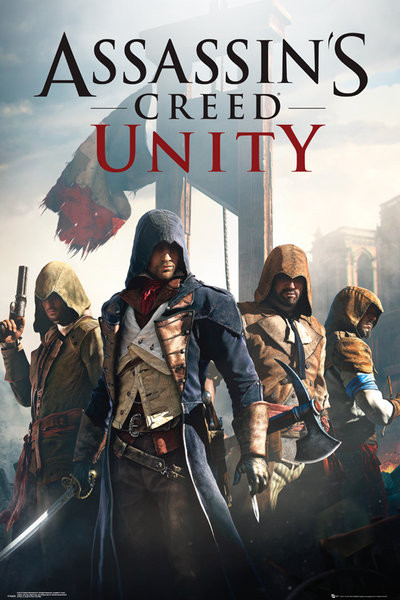
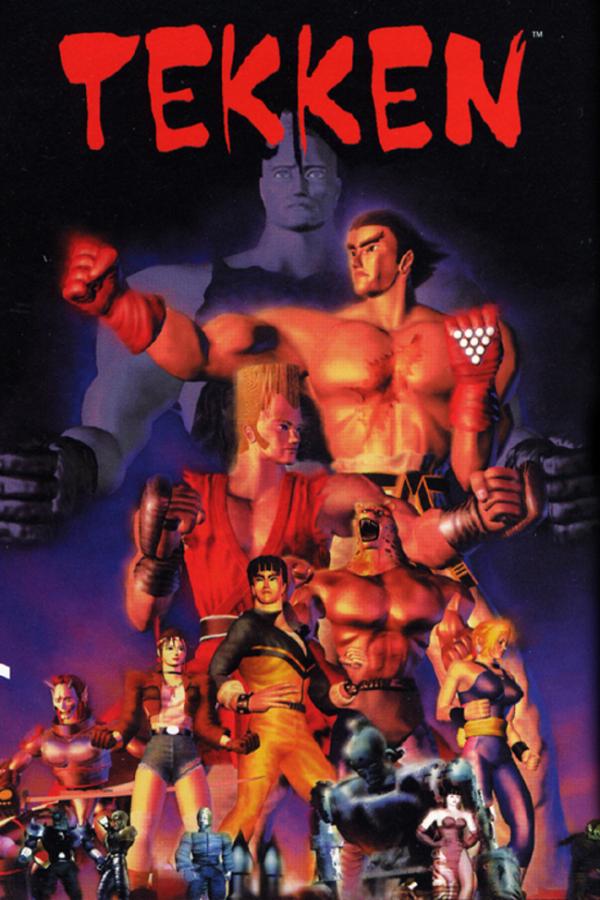
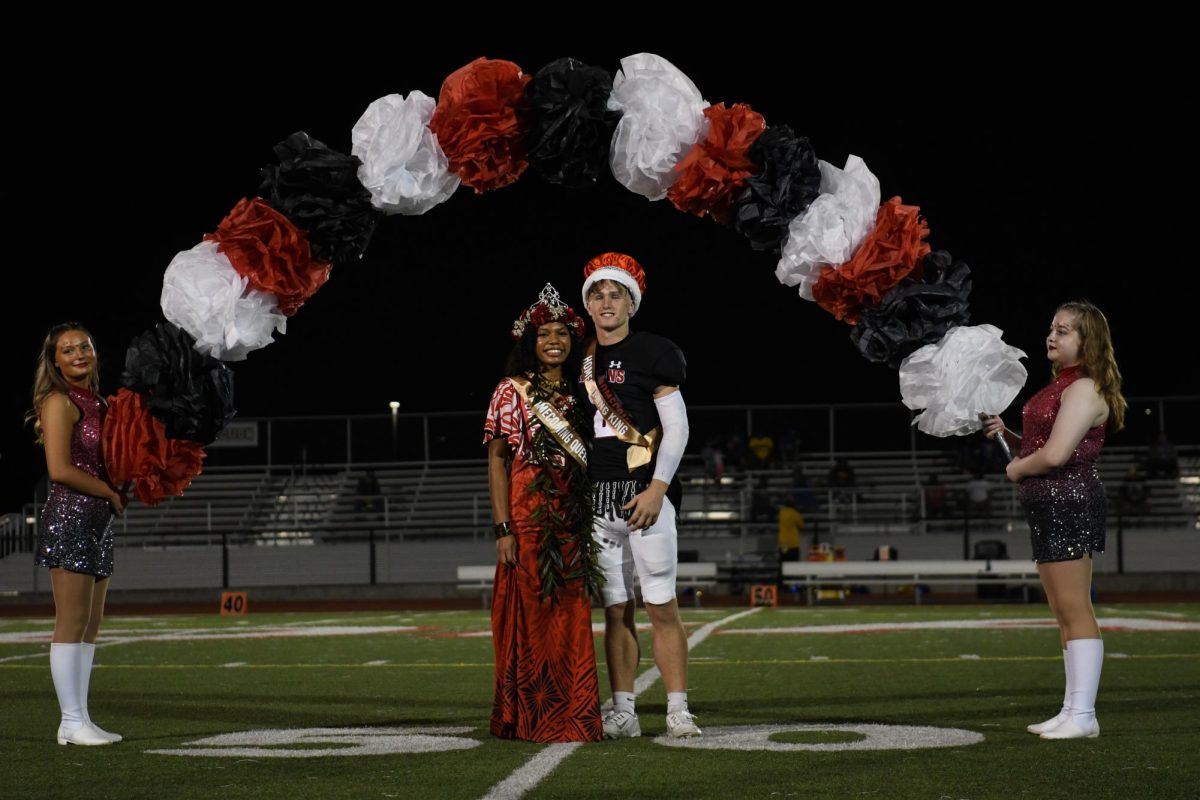



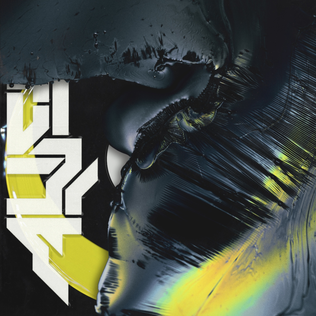
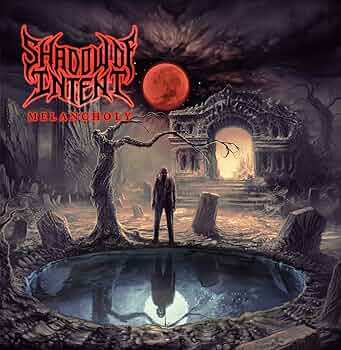
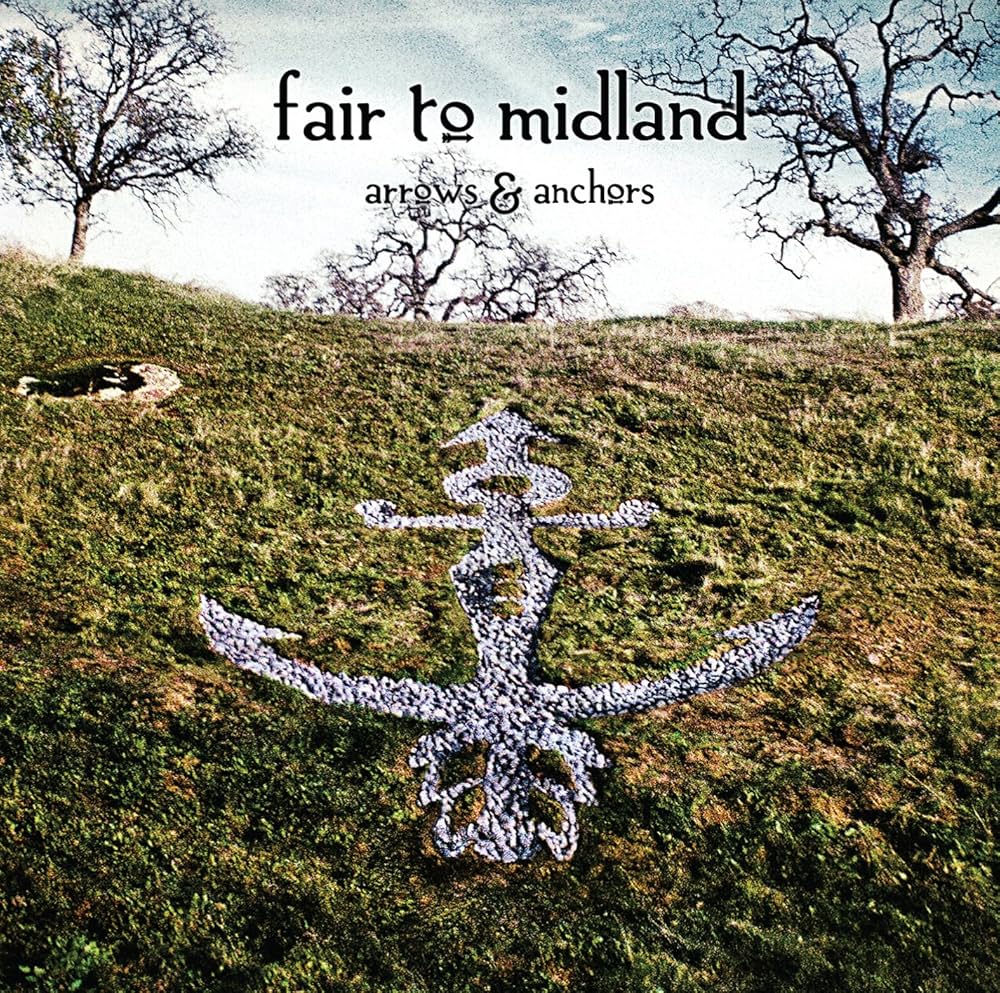

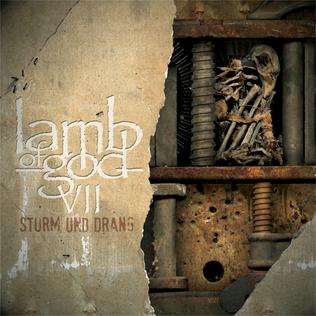
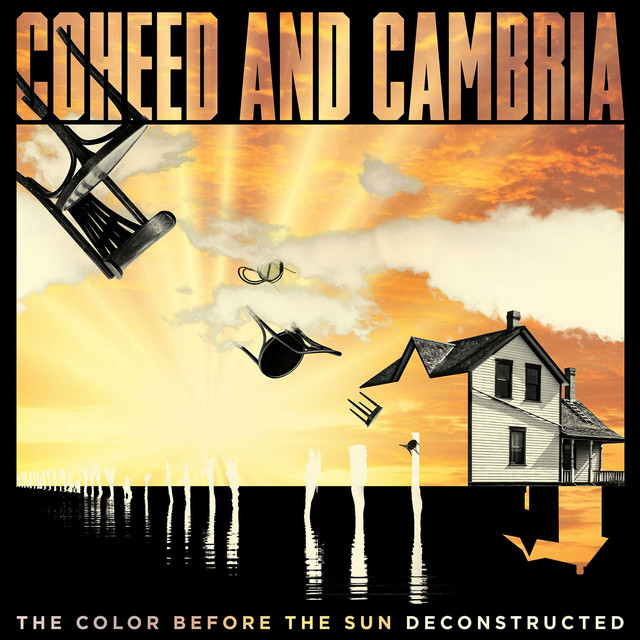
![[Review] Architects- For Those That Wish To Exist (Live at Albert Hall)](https://fohssignal.net/wp-content/uploads/2025/05/ArchitectsFTTWTE.jpg)
